Researchers have discovered why the tropics and a handful of other areas across the globe have become the most biodiverse places on the planet.
The research suggests that biodiversity hotspots – such as the Daintree Rainforest in Australia and the Cloud Forests of Ecuador – are teeming with species because they have been ecologically stable for long periods of time, allowing evolution to forge ahead undisturbed.
The findings highlight the threat posed by climate change to some of the most extraordinary places on earth and the importance of giving nature the protection it needs to thrive, the authors of the study say.
Non-tropical heartland
Ecologists have long sought to understand why some areas of the planet are extraordinarily rich in species. The research set out to find an answer by focusing on the Cape Floristic Region in South Africa, a non-tropical heartland of biodiversity with around ten times as many native plant species as the UK, squeezed into an area a little smaller than Belgium.
The international team of researchers – including scientists from the University of York (UK), Nelson Mandela University, and the University of Cape Town – mapped the distributions of nearly all of the region’s 9400 plant species, from the king protea to the red disa.
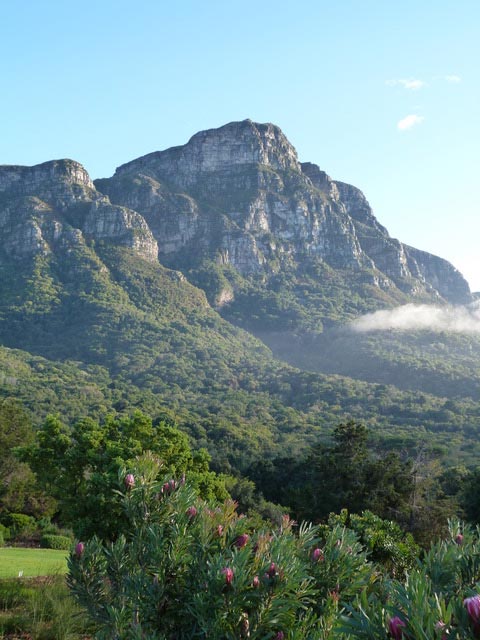
Proteas in Kirstenbosch Botanic Gardens with natural vegetation on Table Mountain behind. Credit: Colin Beale
They found that the region’s richness could be largely explained by the fact it had not experienced major changes in its climate over the past 140,000 years.
Thronging variety of life
Previous scientific theories have suggested productivity – where large amounts of energy flow through an ecosystem – might explain biodiversity hotspots, but the researchers found this only played a minor role in the Cape Floristic Region’s thronging variety of life.
Co-author of the study, Dr. Colin Beale from the Department of Biology at the University of York, said: “Our research focussed on the incredible diversity of the Cape Floristic Region because the competing theories of stability versus productivity can’t be untangled in the tropics, where both are true.
“Exceptions often clarify the rule and our research shows that the environmental history of a place is important to its levels of biodiversity.
“The results suggest that climatic variation will not affect the biodiversity of all regions evenly. The impact of climate change may be greater on areas where stability has been the norm over extremely long time periods. Similarly, near major ecological boundaries, such as forest to grasslands or shrublands to semi-desert, climate change is likely to cause major, long-lasting loss of biological diversity.”
Rugged topography
Senior author, Dr. Richard Cowling from Nelson Mandela University, added: “The extraordinary diversity of the Cape Floristic Region – as rich as the most diverse tropical forest regions – contradicts the long-held theory that high productivity is a requisite for high plant diversity.
“Our study shows that the environmental stability of south-western South Africa, in conjunction with the region’s rugged topography, explains diversity gradients in the region. The same hypotheses can explain tropical diversity; there is no need to invoke productivity.”
Lead author, Dr. Jonathan Colville from the University of Cape Town said: “In South Africa we are fortunate to not only have incredible biodiversity, but also a uniquely detailed knowledge of where these plants are found, thanks to the collections at SANBI (South African Biodiversity Institute).
“This rich resource enabled us to pull together an interdisciplinary team from South Africa and the UK to tackle one of the most challenging questions in ecology and highlights how important international collaborations are to the future success of South African research and the conservation of its biodiversity.”
Reference: “Plant richness, turnover, and evolutionary diversity track gradients of stability and ecological opportunity in a megadiversity center” by Jonathan F. Colville, Colin M. Beale, Félix Forest, Res Altwegg, Brian Huntley and Richard M. Cowling, 5 August 2020, Proceedings of the National Academy of Sciences.
DOI: 10.1073/pnas.1915646117

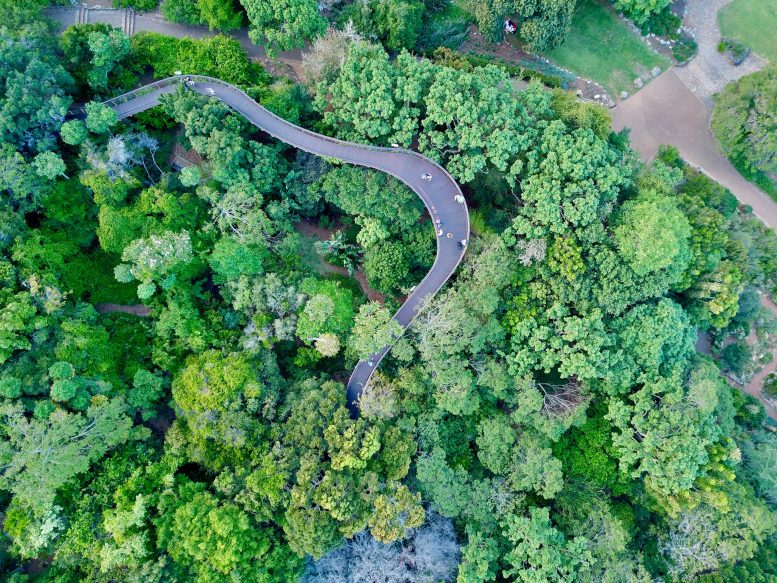
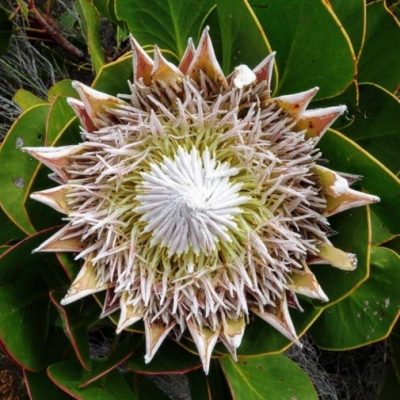
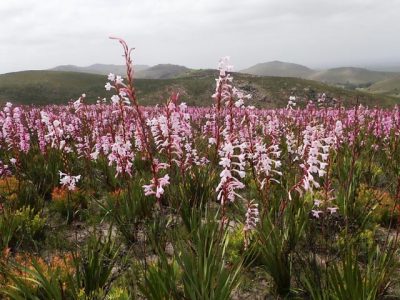

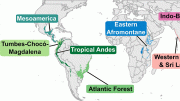
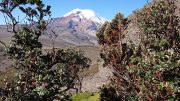
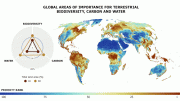

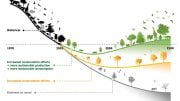


Very Beautiful Places… <3
We can’t pay Biodiversity, but it does stimulate the economy and help us get a better understanding of that thing.
hi